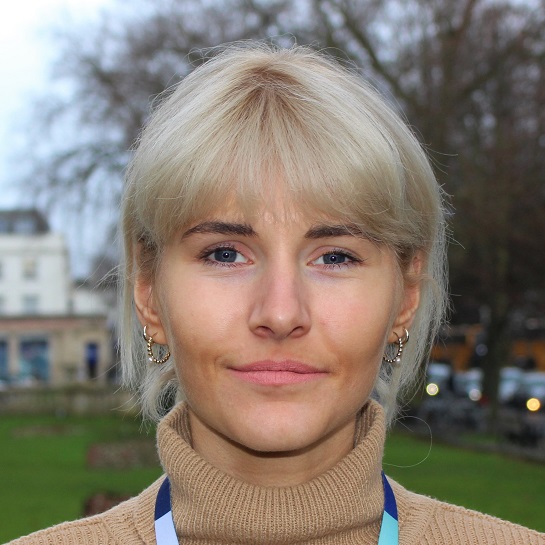Improving our understanding of commercialisation with the HE-BCI dataset
What do we already know about knowledge exchange?
Knowledge exchange (KE) commercialisation turns thoughts, ideas, and novel research into assets. Examples include new products, proofs of concept, and designs – all of which can be classified as Intellectual Property (IP).
The Higher Education Business and Community Interaction (HE-BCI) data collection collects data submitted by UK HE providers about the volume of production of IP (including patents, trademarks, and designs) and records their associated income. This data is currently used to allocate the Higher Education Innovation Fund (HEIF) in England by Research England, and in the allocation of the HEIF NI in Northern Ireland. Sub-heading 4 records further data relating to spin-off activity including formal and informal spin-outs and start-ups founded by both staff and graduates. Research England’s Knowledge Exchange Framework (KEF) currently uses these metrics.
What else could we find out?
The HE-BCI data collection currently uses income attributed to commercial KE outputs as a proxy measurement for the value of a provider’s contribution to the UK’s research and development (R&D) economy. This dataset demonstrates qualitative input metrics as a proxy measurement for outcome performance. These metrics have helped to develop a robust and informative dataset relating to IP production and helps data users to determine a minimum bound of the monetary value of KE. However, it is not a suitable metric for measuring the impact and outcome value of non-income generating forms of KE. We want to look beyond the measure of the pound, to broaden our understanding of the diverse range and value of KE.
The current model measures the impacts and contributions of spin-outs and start-ups originating from providers through the collection of estimated turnovers, employment rates, and external investment values (Table 4, rows C to H). We collect this data on newly registered companies and those that are still active in the last three years. Achieving valuable commercial outputs can sometimes reach beyond three years, and we do not measure ‘spill-over’ effects of commercialisation, such as follow-on job creation.
We want to improve our understanding of the environments companies are operating in. Linking the HE-BCI dataset to company performance data over a longer time, for example,data held by Companies House, may present a more accurate reflection of the health of provider spin-outs and start-ups and further our understanding of the effects of provider support on their status.
How could we deepen our understanding?
We want to develop additional metrics to record the value and impact of non-income generating IP, and to develop new ways of measuring KE which may be incorporated into the HE-BCI data collection.
We want to improve our understanding of provider influence on the success of spin-outs and start-ups
We have previously explored linking to data held by the Intellectual Property Office (IPO) - the official UK government body responsible for intellectual property (IP). They maintain an accessible IP database which encourages innovation and helps the economy and society to benefit from knowledge and ideas. We explored this in June 2022, including a one-off experimental data collection.
The HE-BCI dataset is the only publicly available, open source of innovation data relating to the exchange of knowledge between UK higher education providers and businesses. Elsewhere, external collaborating partners collect the data – for example, the Japanese National Innovation Survey, and North America’s Association of University Technology Managers’ (AUTM) Licensing Activity Survey. By comparing what data nations collect, we can explore what further data we could collect in the UK to make KE data more useful for assessing international performance.
We want to improve our understanding of provider influence on the success of its spin-outs and start-ups, by using a proxy measurement of their ownership. Whilst we are unable to account for the external factors outside of a provider’s input that contribute to an organisation’s success, we will consider whether output metrics are a means of measuring its implied worth.
How can you have your say?
We are currently seeking further information to understand what further data on commercialisation is available to HE providers. We want to know how this data is captured and how it is recorded. Part of our upcoming evidence-gathering exercise will be seeking responses to the following questions:
- Do you differentiate between licenses granted to small, medium-sized, and large businesses in your data?
- Do you record where licenses are granted to student and staff start-ups originating from the provider?
- Does your institution routinely make investment in student and/or graduate spin-outs via equity?
- Do you currently use non-monetary metrics to evaluate the impacts of commercial forms of knowledge exchange?
Visit our HE-BCI major review page for further information. We will announce opportunities to get involved and outputs in the HESA weekly update. The HESA weekly update is available to anybody interested in data collection news and updates. You can change your preferences at any time.
Please contact [email protected] with any suggestions and feedback.

Hannah Browne
